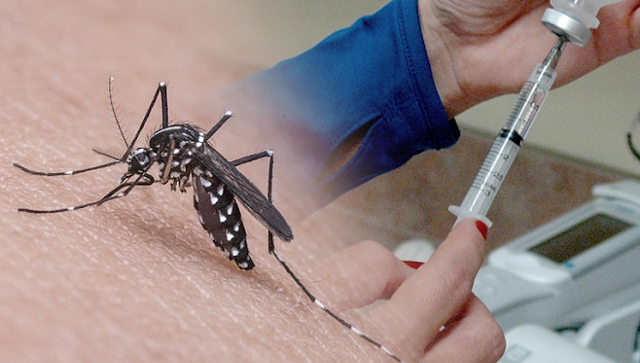Dengue Vaccines, the Best Available Precaution Option For Dengue Fever
Dengue vaccines are used to prevent dengue
fever in humans. Dengue fever is a mosquito-borne tropical disease caused by
the dengue virus. These vaccines are only recommended for those who previously
had dengue fever. As of now, only one vaccine is available commercially, known
as CYD-TDV, under the brand name Dengvaxia (developed by Sanofi Pasteur). In
May 2019, the United States Food and Drug Administration (FDA) approved
Dengvaxia, the first vaccine for the prevention of dengue disease in people
ages 9 through 16 who have laboratory-confirmed previous dengue infection and
who live in endemic areas.
Dengue is usually transmitted through the
bite of an infected Aedes aegypti (the yellow fever mosquito). These mosquitoes
are also vectors of Zika viruses, yellow fever, and chikungunya. Symptoms of
dengue include vomiting, skin rashes, anemia, diarrhea, muscle pain, fatigue,
headache, and high fever. Severe dengue may lead to death, coma, seizures, or yellow
skin. Moreover, it may cause various complications in the neurology. There are
various reasons underlying the clinical occurrence of dengue that require
multimodal and effective treatment approaches. Dengue
vaccines are considered the best available precaution option for dengue.
Many dengue vaccines currently under clinical
trial have shown promising effects, such as TDENV, TVDV, TV005, TV003, and TVD.
Those who are infected second time are at a higher risk of developing severe
disease. In severe cases, it can be life threatening and thus require hospital
care. Warning signs of severe dengue occur in the late febrile phase around the
time of defervescence, which include progressive increase in hematocrit, liver
enlargement, postural hypotension, lethargy/restlessness, difficulty in breathing,
mucosal bleeding, severe abdominal pain, persistent vomiting, and fluid
accumulation.
Safe, effective, and affordable dengue
vaccines would represent a major advance for the control of the disease and
could be an important tool for reducing morbidity and mortality.



Comments
Post a Comment